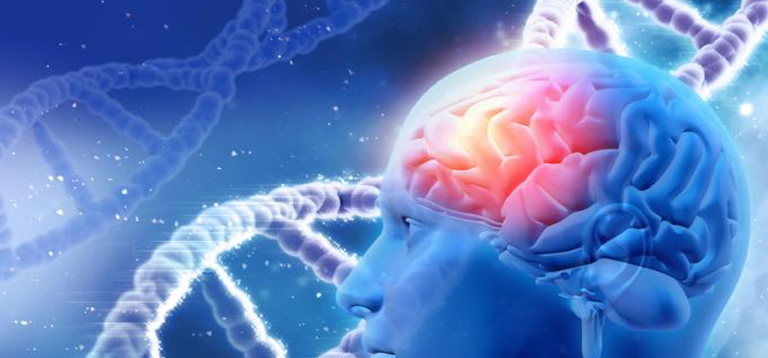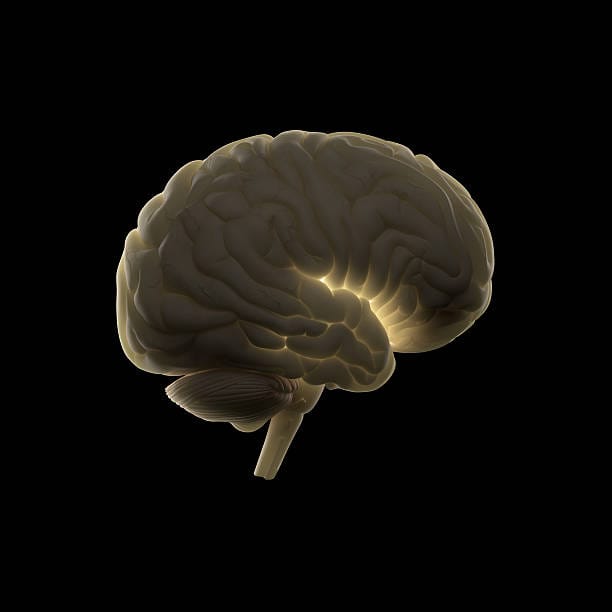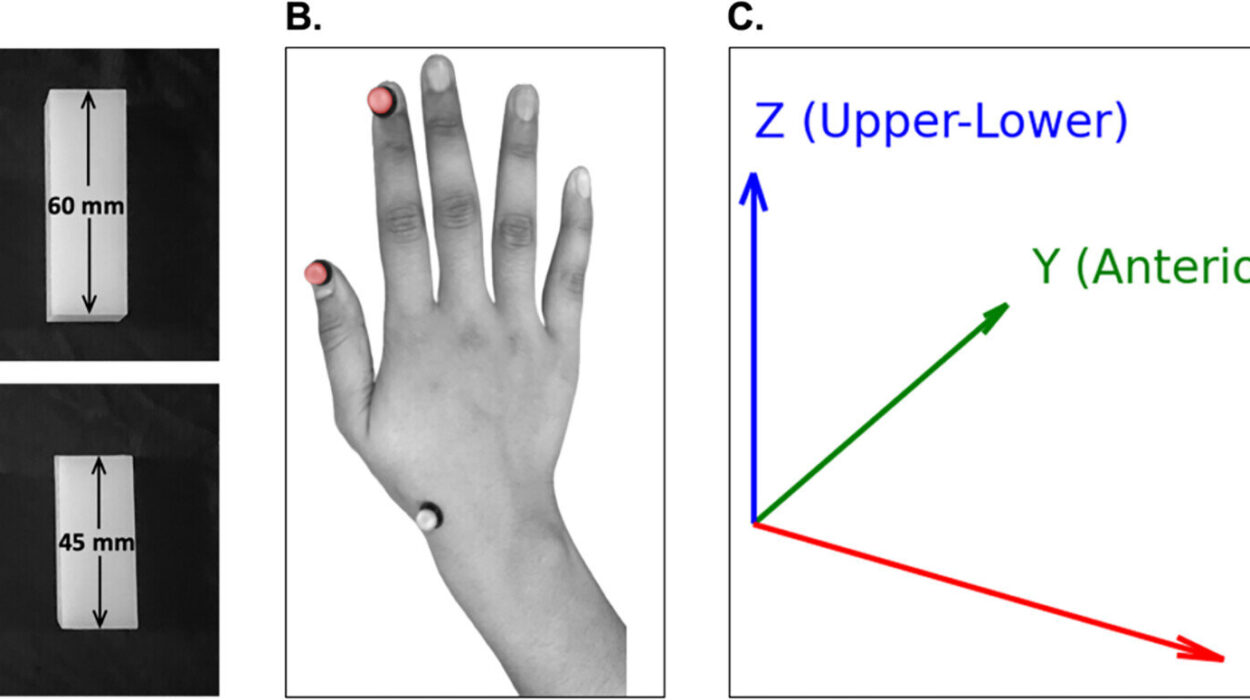Imagine a person who, over time, begins to forget the names of loved ones, the events of their own past, or even the ability to recognize the place they call home. It may sound like a fictional tale, but for millions of people around the world, this is the reality they live with every day. Alzheimer’s disease, the most common form of dementia, is a cruel thief that robs people of their memories, personalities, and identities.
While many have heard of Alzheimer’s, few fully understand its complex nature, the underlying mechanisms that drive it, or how it progresses. To truly grasp the magnitude of this disease, we must dive into the science of memory, the brain’s incredible architecture, and how Alzheimer’s disease disrupts these systems.
The Brain: Our Most Precious Organ
To understand Alzheimer’s disease, it’s essential to first appreciate the complexity of the brain and its pivotal role in memory. The human brain weighs about 3 pounds, but within this relatively small mass lies the engine of our entire being: our thoughts, our emotions, our memories, and our consciousness.
The brain is made up of approximately 86 billion neurons, each one making thousands of connections to others in a vast, intricate network. These neurons communicate with one another via electrical and chemical signals, forming the very basis of our ability to think, feel, and remember. One of the most fascinating features of the brain is its plasticity—its ability to form new connections and rewire itself in response to experience.
Memory, for instance, isn’t stored in one specific part of the brain. Instead, it is a networked process that involves multiple regions working together. The hippocampus, located deep in the brain, is often called the “memory center.” It plays a vital role in forming new memories, particularly those related to personal experiences. But these memories are not static. They are dynamic and can be influenced by emotions, external events, and even other memories.
The brain’s functions are a delicate balance of order and chaos, precision and flexibility. It’s when this balance is disturbed that disorders like Alzheimer’s begin to emerge.
What Is Alzheimer’s Disease?
Alzheimer’s disease is a progressive neurological disorder that affects memory, thinking, and behavior. Named after Dr. Alois Alzheimer, who first identified the disease in 1906, it has since become the most common form of dementia, accounting for 60 to 80 percent of all dementia cases. Alzheimer’s disease typically starts slowly and worsens over time, eventually making it difficult for individuals to carry out even the simplest daily tasks.
At its core, Alzheimer’s disease is a degenerative disorder. It causes the neurons in the brain to gradually die off, leading to memory loss, cognitive decline, and changes in personality. Unlike some other forms of dementia, Alzheimer’s disease is not a normal part of aging, though the risk increases significantly with age.
However, it’s not just old age that triggers Alzheimer’s. It’s a complex interaction of genetic, environmental, and lifestyle factors that can all play a role in the onset and progression of the disease.
How Alzheimer’s Affects the Brain: The Breakdown of Neural Networks
When Alzheimer’s disease begins, the first signs are usually subtle—forgetfulness, difficulty recalling recent events, or trouble remembering names. But as the disease progresses, it causes irreversible damage to the brain’s structure and function. This damage begins with the disruption of the brain’s intricate network of neurons.
Two key features distinguish the brains of Alzheimer’s patients from those of healthy individuals: amyloid plaques and tau tangles. These are abnormal protein deposits that accumulate and disrupt normal brain function.
Amyloid Plaques: The Sticky Mess
Amyloid plaques are clusters of a protein fragment called beta-amyloid. In a healthy brain, beta-amyloid is produced and cleared away in a regulated manner. However, in Alzheimer’s disease, these fragments clump together to form sticky plaques that accumulate between nerve cells.
These plaques disrupt communication between neurons, preventing them from transmitting signals effectively. Over time, this disrupts brain function and contributes to the cognitive decline characteristic of Alzheimer’s disease. Amyloid plaques also trigger an inflammatory response, which can further damage brain tissue.
Interestingly, amyloid plaques are not unique to Alzheimer’s disease. They are also found in the brains of people who have normal aging, but the density and distribution of plaques in Alzheimer’s patients are far more widespread and damaging.
Tau Tangles: The Internal Mess
While amyloid plaques wreak havoc between neurons, another protein called tau causes problems inside the neurons themselves. In a healthy brain, tau helps stabilize microtubules, which act like scaffolding to support the structure of the neuron and allow it to transport nutrients and other molecules.
In Alzheimer’s disease, tau undergoes abnormal changes, causing it to twist and form tangles inside neurons. These tangles disrupt the neuron’s ability to function properly, blocking the flow of nutrients and causing the neuron to die. As tau tangles accumulate, they impair the brain’s ability to process information and form new memories.
These plaques and tangles are considered hallmarks of Alzheimer’s disease and are crucial in understanding its underlying mechanisms. But while these biological markers are significant, they don’t fully explain why or how Alzheimer’s develops in the first place.
The Stages of Alzheimer’s Disease: A Slow Fade
Alzheimer’s disease progresses gradually, with symptoms worsening over time. Though the rate of progression varies from person to person, the disease typically follows a predictable pattern of stages.
Early Stage: Subtle Changes
In the early stages of Alzheimer’s disease, memory loss and cognitive decline are often subtle. The individual may forget recent conversations, misplace items, or become disoriented in familiar places. People may have difficulty recalling names, dates, and details about events, but they can often compensate for these lapses with strategies or by asking for help.
At this stage, the person may still be able to function independently in many areas of life. But the strain of keeping up with day-to-day tasks begins to show. They may also experience changes in mood, becoming more anxious, irritable, or withdrawn.
Middle Stage: Growing Challenges
As the disease progresses to the middle stage, memory loss becomes more pronounced, and the individual may struggle with daily activities like cooking, cleaning, or managing finances. They may become confused about their location, the time of day, or even the identity of loved ones.
Behavioral changes are also common at this stage. People may become agitated, suspicious, or delusional. They may also experience significant personality changes, with some people becoming unusually withdrawn or fearful.
Physical symptoms may also emerge, including difficulty walking, changes in sleep patterns, and a general decline in motor coordination. Despite these challenges, individuals in the middle stages may still be able to communicate, though they may have trouble forming coherent sentences or expressing themselves clearly.
Late Stage: Complete Dependence
In the late stage of Alzheimer’s disease, individuals lose the ability to communicate or recognize loved ones. They may become entirely dependent on others for care, as they can no longer perform basic tasks such as dressing, eating, or using the bathroom.
At this point, the brain has undergone significant damage. Most individuals with advanced Alzheimer’s disease lose the ability to walk, control their movements, or even swallow food. Many experience incontinence, and some may have difficulty breathing. The person may seem to be in a constant state of confusion, unable to process stimuli or respond meaningfully to their environment.
At this stage, Alzheimer’s is fatal. The body eventually succumbs to complications arising from the disease, such as infections or organ failure.
The Causes and Risk Factors of Alzheimer’s Disease
Alzheimer’s disease is a multifactorial condition, meaning that it arises from a complex interaction of genetic, environmental, and lifestyle factors. While age is the most significant risk factor, other elements can increase the likelihood of developing the disease.
Genetics: A Double-Edged Sword
One of the strongest known genetic risk factors for Alzheimer’s disease is the presence of the APOE ε4 gene. The APOE gene produces a protein that helps transport cholesterol in the blood. People with one copy of the APOE ε4 gene have an increased risk of developing Alzheimer’s, while those with two copies are at even higher risk. However, not everyone with the APOE ε4 gene will develop the disease, suggesting that other factors also play a significant role.
In rare cases, Alzheimer’s can be caused by specific genetic mutations, such as those in the APP, PS1, or PS2 genes. These mutations cause the early-onset form of Alzheimer’s, which can appear before the age of 65.
Environmental and Lifestyle Factors
While genetics play a significant role, environmental and lifestyle factors also contribute to the risk of Alzheimer’s. These include factors such as diet, physical activity, sleep, and social engagement.
- Diet and Heart Health: A diet high in unhealthy fats, sugar, and processed foods has been linked to an increased risk of Alzheimer’s disease. In contrast, a diet rich in fruits, vegetables, whole grains, and healthy fats (such as the Mediterranean diet) may protect against cognitive decline.
- Physical Activity: Regular exercise has been shown to promote brain health and reduce the risk of Alzheimer’s by improving blood flow to the brain and stimulating the growth of new brain cells.
- Sleep: Poor sleep quality has been associated with an increased risk of Alzheimer’s. During deep sleep, the brain removes waste products, including beta-amyloid, which can accumulate and form plaques. Chronic sleep deprivation may impair this waste removal process, contributing to the development of Alzheimer’s.
The Diagnosis of Alzheimer’s Disease
There is no single test to diagnose Alzheimer’s disease, and the process can be complicated. A diagnosis is typically made through a combination of medical history, cognitive testing, and brain imaging. Physicians may also use blood tests to rule out other conditions that could mimic Alzheimer’s symptoms.
Brain imaging techniques, such as MRI (magnetic resonance imaging) or PET (positron emission tomography) scans, can reveal physical changes in the brain associated with Alzheimer’s, such as shrinkage in the hippocampus or the presence of amyloid plaques. However, these tests are not definitive, and a conclusive diagnosis can only be made posthumously through an autopsy, which examines the brain for amyloid plaques and tau tangles.
The Impact of Alzheimer’s on Individuals and Families
The effects of Alzheimer’s disease extend far beyond the individual who is diagnosed. The slow, progressive nature of the disease places a tremendous emotional, financial, and physical burden on families and caregivers. Spouses, children, and other loved ones often take on the role of caregivers, watching helplessly as their loved one’s memory and abilities deteriorate.
Caring for someone with Alzheimer’s can be exhausting and overwhelming. It requires patience, understanding, and the ability to cope with the emotional toll that comes with watching someone you love fade away.
The Search for a Cure
While there is currently no cure for Alzheimer’s disease, research into its causes, mechanisms, and treatments is ongoing. Scientists are exploring a range of potential treatments, including drugs that target amyloid plaques and tau tangles, as well as those that aim to reduce inflammation or promote the growth of new neurons.
Immunotherapies, which involve using the body’s immune system to attack amyloid plaques, have shown some promise in early trials. However, no treatment has yet proven to slow or stop the progression of Alzheimer’s disease.
A Glimmer of Hope
Despite the challenges, there is hope. As the global population ages and the number of Alzheimer’s cases increases, more attention is being paid to the disease. Advances in genetics, brain imaging, and drug development are bringing us closer to understanding and potentially treating Alzheimer’s.
Moreover, the Alzheimer’s Association and other organizations are working to raise awareness, fund research, and provide support to those affected by the disease.






